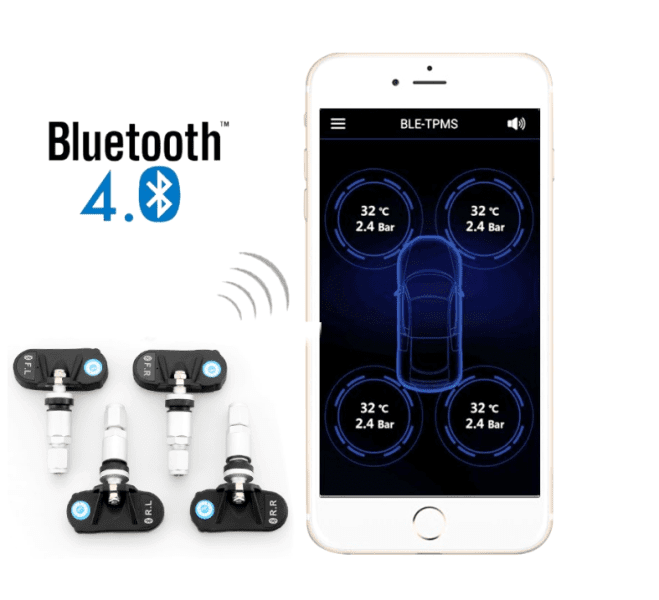
TPM / TPMS - tire pressure monitoring system
September 30, 2013 - 18:26
It is a system that monitors the pressure in each tire and warns the driver if the pressure drops significantly from the optimum level.
TPM / TPMS can be of direct or indirect type:
- Direct: a pressure sensor is installed inside each tire, which uses radio waves to transmit the detected data to a computer inside the car at a frequency of once a minute. This sensor can be installed directly on the rim or on the back of the air valve.
The advantage of this type of monitoring is that it provides high reliability and accuracy in monitoring the pressure on each wheel, as well as providing real-time monitoring. On the other hand, however, these sensors are often damaged during tire change operations; in addition, there is a limitation in the need to set the wheels in the previous position without the possibility of their reversal. - Indirect: this system, by processing the data detected by the ABS (anti-lock braking system) and ESC (electronic stability control) systems, can compare the speed of the individual wheels and therefore determine any low pressures, given that lower pressure corresponds to a smaller diameter and an increase wheel speed.
The most recent indirect acting systems also handle load fluctuations during acceleration, braking or steering, as well as vibration.But if this system has the only advantage of low installation cost (and for this reason it is preferred by car manufacturers), it unfortunately offers a much more "colorful" disadvantage: for each tire change, you must manually insert a reset and calibration. the settings are the same; moreover, if all four wheels descended at the same speed, the system would count the same rotation and therefore would not detect any anomalies; finally, the reaction time of the indirect system is such as to warn us of a loss of pressure with a significant delay, with the risk of running a flat tire when it is too late.
The system, which should not be seen as an alternative to regular checks and maintenance of tires, promotes driving safety, improves fuel consumption, tire life and, above all, helps prevent loss of traction.